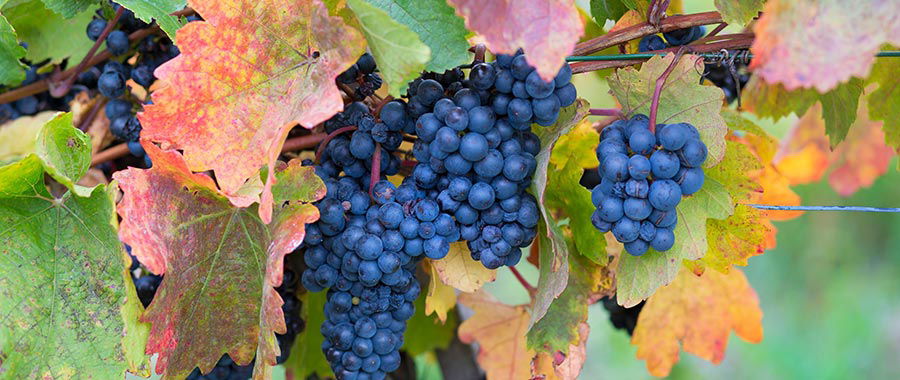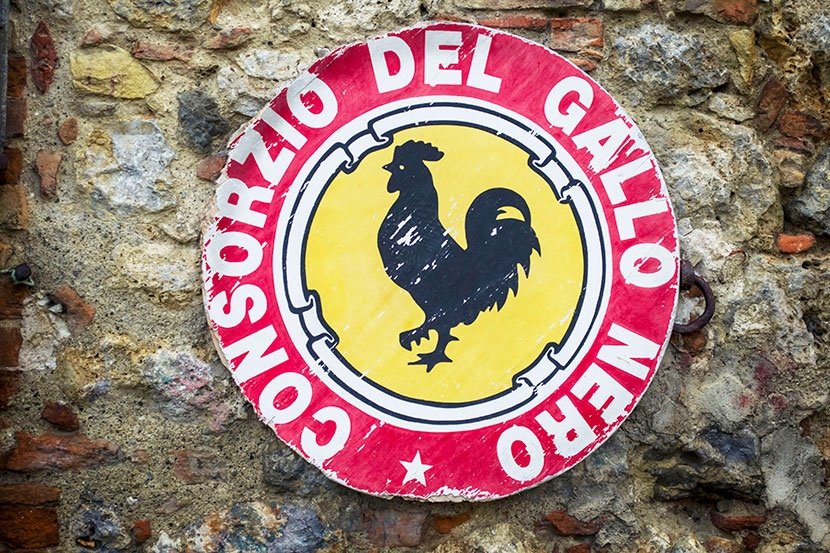BLOG
The best Italian red grapes and the regions that love them
Kirra Barnes Wine Education & Careers

Are you looking for the best Italian red grapes? The wonderful thing about Italian red grape varieties is that they are distinctly Italian. Plenty of winegrowers around the world have made attempts at growing Sangiovese, Nebbiolo and Barbera, but few have come even close to matching the results of these grapes’ native soils. As a rule, Italian grape varieties don’t care to leave Italy, and who could blame them? Completely at home in their places of origin or tradition, each Italian red grape has evolved and adapted in perfect harmony with their surroundings.
A look at some of the best Italian red grapes:
Sangiovese
Sangiovese is Italy’s most planted grape variety, but vineyards dedicated to this grape are concentrated in the country’s central section. Though recent research indicates that Sangiovese is originally native to Italy’s south, the central provinces of Tuscany and Emilia Romagna can be considered the grape’s historic and traditional home. In fact, many of the clones used in some of Toscana’s most famous Sangiovese-based wines, actually come from Emilia Romagna! Sangiovese is so in tune with this part of Italy that every small difference in climate, soil and elevation creates distinctly beautiful expressions of individual vineyards. No two wines of the Sangiovese regions are alike—this Italian red variety truly speaks of place.
Nebbiolo, Barbera and Dolcetto
If Sangiovese speaks of central Italy, Nebbiolo, Barbera and Dolcetto speak the language of Italy’s northwest. All likely native to the Piedmont region, these three Italian red varieties fit the Piemontese vineyard landscape like gloves.
Nebbiolo, arguably Italy’s greatest red grape variety, requires a specific combination of soil and sun exposure, so only the very best sites will do. Dolcetto prefers higher, cooler conditions and shines where Nebbiolo does not.
Barbera takes priority in Monferrato where the hillsides around the city of Asti are filled with this red grape variety that makes deliciously under-rated wines.
Other Italian red grapes of note:
Though Nebbiolo and Piedmont, Sangiovese and Tuscany beautifully illustrate the relationship between Italy’s red grapes and terroir, the story is repeated in almost every Italian region. Corvina is the star in Veneto’s iconic Amarone wine, but is grown nowhere else. Montepulciano thrives in Abruzzo and Sagrantino flourishes in Umbria. Campania and Basilicata celebrate the wonderful Aglianico variety, while Sicily champions Nero d’Avola and Nerello Mascalese. Each variety is as unique and interesting as the land that raises it.
To experience Italian culture is to explore Italy’s red grape varieties and to get to know Italy’s native grapes is to understand Italian culture. If you listen carefully, Italian grapes tell the story of their surroundings and once heard, these tales cannot be forgotten.
Receive your FREE IWS Prep chapter!



